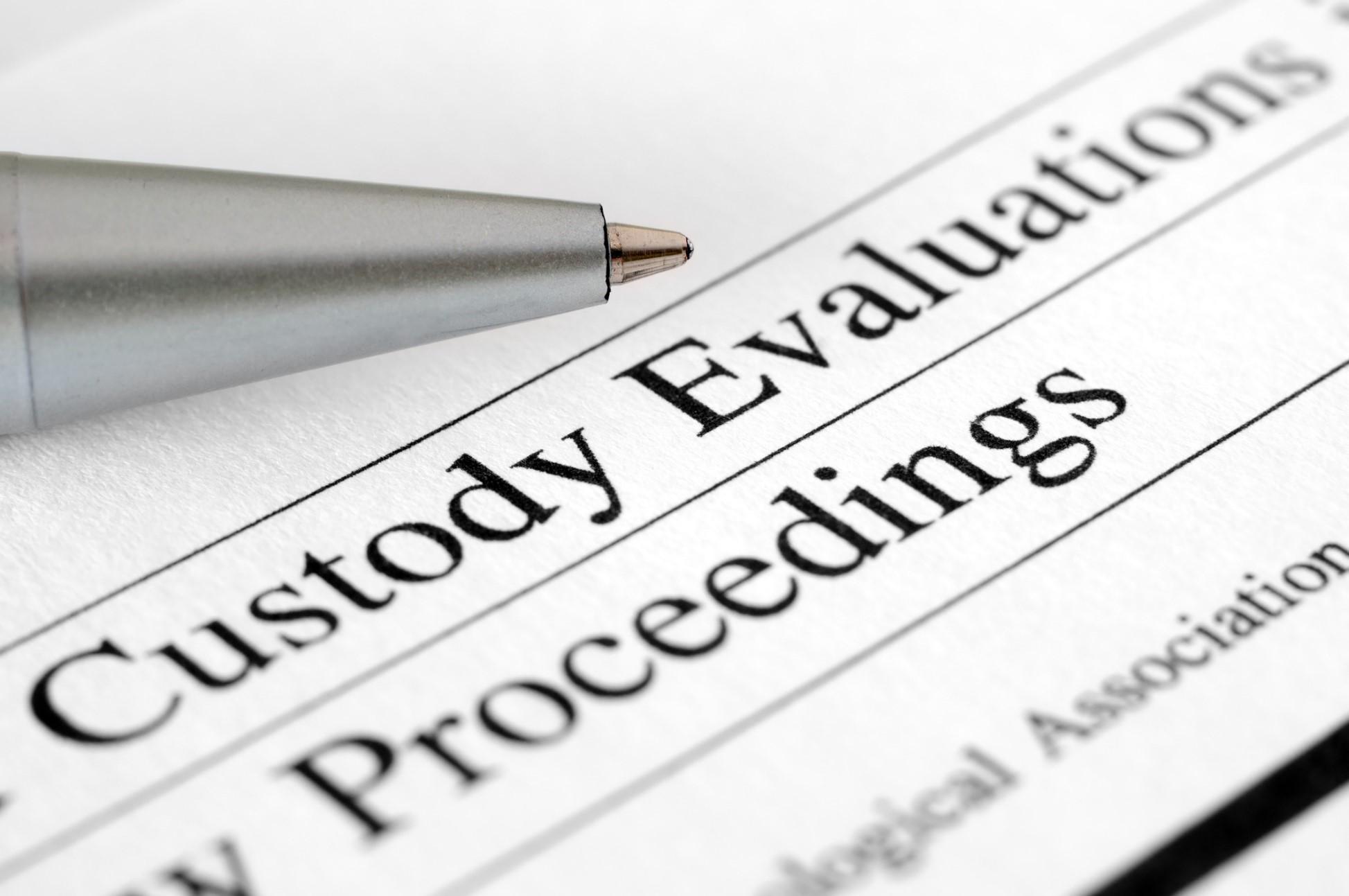
Undergoing a child custody hearing can be intimidating and stressful for any parent. As your court date approaches, understanding what will happen can help you feel more prepared and less anxious. This article outlines the process and key components of a typical child custody hearing.
1. Gathering Evidence
In the weeks leading up to your custody hearing, your child custody lawyer will likely request certain documents and evidence to support your case. This may include:
The hearings take place virtually, via WebEx, before a family law commissioner. You and your spouse and each of the attorneys will appear virtually and argue for their respective parenting plans.
The commissioner may ask each lawyer questions about your case and it is rare these days for the commissioner to ask either parent questions. Their aim is to evaluate factors relating to the best interest of the child that standard courts follow.
At the hearing’s conclusion, the commissioner will make a temporary ruling regarding temporary placement/custody
Commissioners make temporary custody decisions based on the child's best interests. This includes considering factors like:
If there are changes that occur during the pendency of the case, either parent can file motions to request a modification of the temporary parenting plan. The court will reevaluate the situation to determine suitable arrangements for the child’s well-being at that time.
Navigating custody disputes is complicated, but understanding what to expect can alleviate stress. Working with an experienced attorney from Shea Law in Kennewick, Washington, is key to presenting your best case and helping you prioritize your child’s best interests.